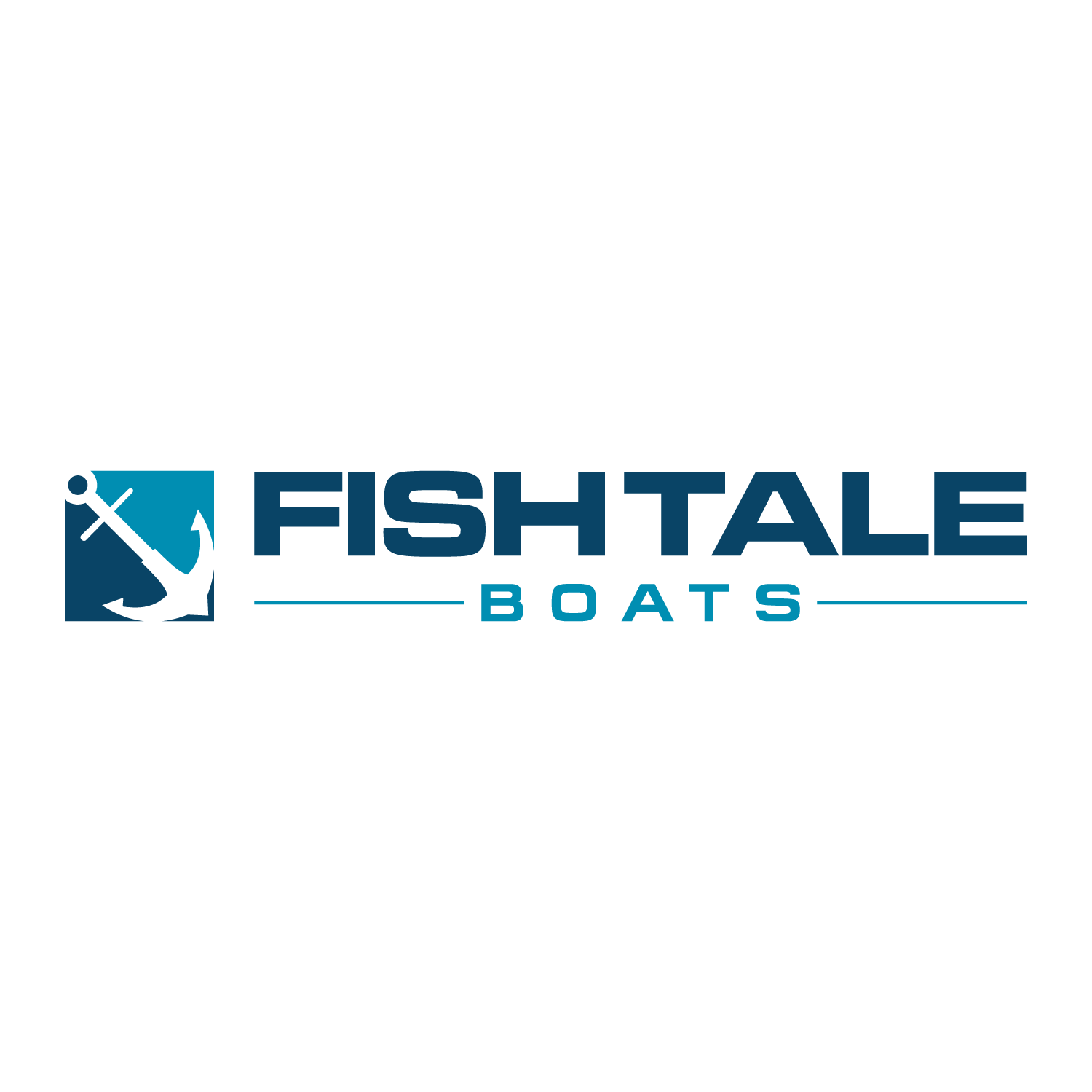There’s something new and exciting out for the stern drive market, the Volvo V8-380. Now before you write this off as just a new product and flip the page, have a look at the following key changes. They are significant:
– Lighter Weight & Better Fuel Economy
– Variable Valve Timing (VVT)
– Full Freshwater Cooling!!
Now there are a lot more than just those three key features, but they are the most exciting changes and here is why. This engine is a direct replacement for the 8.1L big block that was made by GM, but was discontinued in 2009. The new V8-380 is based on the GM Vortec 6.0L (L96) VVT, which is now used in various trucks such as the GMC Sierra. This “marinized” 6.0L engine is close to 15% lighter than the 8.1L it replaces; yet it performs better in all ranges of speed. Another important power item is how much better it runs when the boat is fully loaded with fuel, gear and passengers, some 31-47% in tests conducted by Volvo. It also gets 12% better fuel economy, according to Volvo.
This is the first sterndrive engine to feature VVT, which gives you faster acceleration, increased top speed and smoother, better response in the mid-range. Also, it reaches unheard of rpm for sterndrive power. Previously, you would top out at around 4800 rpm, where this engine reaches 6000 rpm. The combination of VVT and higher rpms is where you are finding the increased power, torque and speed!
The other key feature is freshwater cooling through the entire engine system, including exhaust!!! By using an intercooler heat exchanger, saltwater is not run through the exhaust system. For those who have owned sterndrive engines before, you probably have dealt with risers and manifolds (exhaust system) running into corrosion issues due to saltwater constantly running through them in order to cool. Well, this exciting change should eliminate this problem! The heat exchanger is simply a device that transfers the heat from the freshwater cooled parts to the raw water flowing through a separate closed system, much like the radiator on a car. It still uses raw water for cooling, but none of that comes in contact with the vital engine components!





